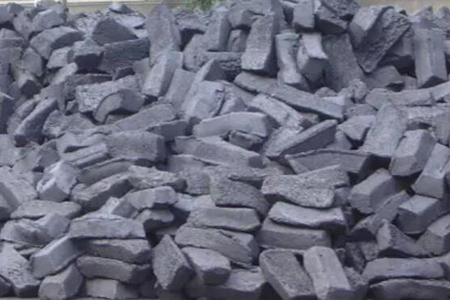How do you use carbon paste?
Carbon paste is commonly used in various applications, such as electronics, sensors, and electrode fabrication. The specific usage may vary based on the intended application, but here are general steps on how to use carbon paste:
Prepare the Surface:
Ensure that the surface where you intend to apply the carbon paste is clean and free from any contaminants. You may need to clean the surface using solvents or other appropriate cleaning methods.
Mixing (if required):
If you have a carbon paste that needs to be mixed before application, follow the manufacturer’s instructions. Some carbon pastes come pre-mixed, while others may require you to mix certain components.
Application:
Use a spatula or a similar tool to apply the carbon paste to the desired area. The thickness of the applied paste can impact its conductivity, so be mindful of the application thickness based on your requirements.

Spread Evenly:
Spread the carbon paste evenly across the surface to ensure uniform coverage. This helps in achieving consistent conductivity.
Curing (if required):
Some carbon pastes may require curing or drying after application. Follow the recommended curing time provided by the manufacturer. This step is crucial for the paste to set and adhere properly.
Testing:
Once the carbon paste is applied and cured, you may want to test its conductivity or performance based on your specific application. This step ensures that the paste meets the desired requirements.
Cleanup:
Clean any tools or surfaces used in the application process promptly. Some carbon pastes can be challenging to remove once they have cured.
Storage:
Store the carbon paste according to the manufacturer’s recommendations. This may involve sealing the container tightly to prevent drying or evaporation.
Always refer to the specific instructions provided by the manufacturer of the carbon paste you are using, as different formulations may have unique application and curing requirements.





